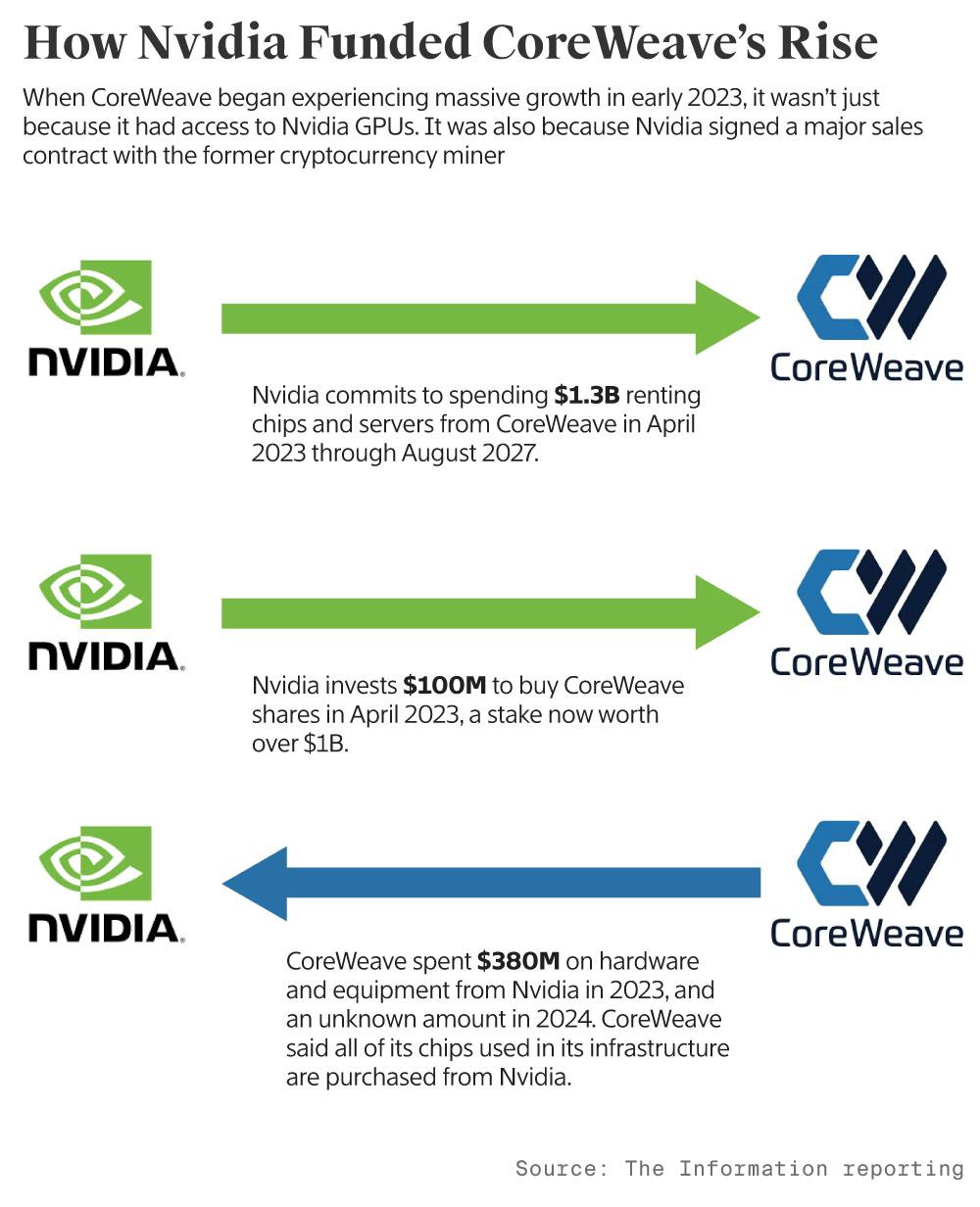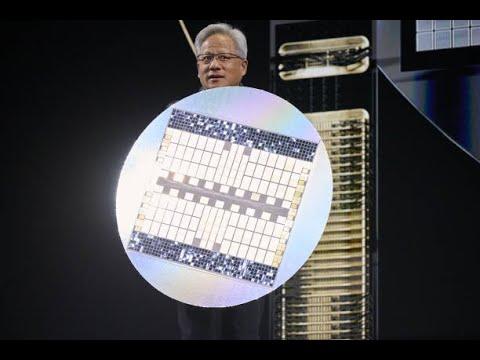As anticipation builds in the tech world, all eyes are on Jensen Huang, CEO of NVIDIA, as he prepares to address investors during a crucial presentation at 6:30 p.m. Pacific Time. With a wealth of insights to share, Huang is expected to showcase NVIDIA’s innovative advancements and the growing demand for its technologies. Last week’s announcement from Microsoft underscored the increasing investments in artificial intelligence and related applications, setting the stage for a lively discussion about NVIDIA’s pivotal role in sectors ranging from robotics to digital twins. Industry experts speculate that Huang will reveal not only enhancements in NVIDIA’s hardware and software offerings but also a strategic shift towards providing more services, potentially positioning the company as a one-stop shop in the evolving landscape of AI.As the countdown to the presentation begins, the tech community awaits eagerly to understand how NVIDIA plans to maintain its competitive edge and foster smarter, more efficient technologies in an ever-changing digital landscape.
Exploring the Demand Surge in AI Technology and its Implications for Investors
The surge in demand for artificial intelligence solutions is evidenced by the important investments pouring into firms like NVIDIA, which is now positioned not just as a hardware supplier but increasingly as a critical service provider. As businesses across sectors strive to integrate AI into their operations, NVIDIA is responding with a comprehensive suite of cloud-based offerings. Investors should closely monitor the expansion of NVIDIA’s service portfolio, which includes enhanced AI model training capabilities and access to data pipelines. This shift indicates a move towards a more subscription-based revenue model, which could potentially yield more predictable and sustainable earnings for the company in the long run.
Additionally, the implications of this shift for investors are profound.The company’s ability to adapt its product suite to meet the evolving needs of enterprises signals strong future growth opportunities. Potential areas of focus include:
- Collaboration Tools: Solutions that enhance teamwork in AI projects.
- Custom AI Models: Tailored offerings for specific industries, making technology accessible for varied applications.
- Partnerships: Collaborations with other tech giants to bolster distributed AI computations.
As NVIDIA capitalizes on these trends, the ripple effects across tech stocks could present both risks and lucrative opportunities for investors looking to navigate the dynamic AI landscape.
The Integration of Hardware and Software: How Nvidia Creates a Competitive Moat
Nvidia’s unique advantage stems from its ability to amalgamate hardware and software into a cohesive ecosystem that enhances the user experience.By tightly integrating its GPUs with AI advancement tools, the company ensures that customers not only receive powerful hardware but also optimized software that fully exploits their capabilities. This strategic alignment allows Nvidia to offer unparalleled performance in a range of applications, from deep learning to graphics rendering. The benefits are evident in:
- Optimized Performance: Tailored software frameworks that enhance hardware utilization.
- User-Amiable Solutions: Simplified development processes for AI applications.
- Robust Support Infrastructure: Comprehensive resources that ensure users can efficiently deploy and manage their technologies.
Moreover, the focus on interoperability between various services solidifies Nvidia’s standing as more than just a provider of standalone products.The increasing reliance on datasets across multiple platforms necessitates seamless software integration, which Nvidia is adept at delivering. By doing so, they not only attract new clients but also foster loyalty among existing ones through continuous innovation and support. The implications for market competitiveness include:
- Expanded Ecosystem: An ecosystem that encourages developers to create new applications.
- Cross-Platform Compatibility: Ensured functionality across different systems for ease of use.
- Enhanced Data Security: Solutions designed with security protocols that safeguard user data.
The Future of Robotics: Enhancing Performance and Efficiency through AI
The latest advances in robotics illustrate how artificial intelligence is transforming operational capabilities across various industries. By incorporating AI, robotic systems can now perform complex tasks with enhanced precision and speed, driving significant improvements in performance metrics. This evolution is especially pertinent in sectors such as manufacturing and logistics, where efficiency is paramount.Key developments include:
- Autonomous Navigation: Robots equipped with AI algorithms are now capable of real-time navigation and obstacle avoidance, vastly reducing the risk of human error.
- Predictive Maintenance: AI systems analyze data to forecast equipment failures,enabling timely interventions and minimizing downtime.
- Bright Assistance: Collaborative robots (cobots) are increasingly working alongside humans, augmenting jobs and increasing productivity without replacing the workforce.
These advancements not only enhance performance but also streamline operational efficiency,leading to cost savings and greater production capabilities. As technology progresses, the integration of AI with robotics paves the way for more sophisticated applications, ranging from healthcare to agriculture.The scalability and adaptability of AI-driven robots may considerably alter the landscape, as businesses must now consider:
- Scalability Options: The ability to easily scale operations with adaptable robotic systems tailored to specific needs.
- Data-Driven Insights: Leveraging AI analytics for continuous enhancement and decision-making.
- Regulatory Compliance: Ensuring that advanced robotics meet industry standards and safety regulations.
Unlocking Potential with Digital Twins: Transforming Design and Cost Management in Various Industries
The innovative application of digital twins is revolutionizing the design and cost management processes across various sectors. By creating virtual replicas of physical systems, organizations can simulate, analyze, and optimize operations in real-time. This capability allows businesses to identify potential issues early in the design phase, leading to considerable cost savings and efficiency improvements. Notable industries leveraging this technology include:
- Aerospace: Engineers can test configurations and predict operational performance before manufacturing.
- Construction: Architects are using digital twins to visualize projects, minimizing miscommunications and delays.
- Healthcare: Hospitals can improve patient outcomes by simulating various care scenarios and resource management strategies.
Furthermore, the strategic deployment of digital twins can significantly enhance operational sustainability. Continuous monitoring of systems enables organizations to adapt and optimize toward eco-friendly practices. Companies are now leaning towards leveraging these simulations to model the impacts of their operations on the environment, paving the way for greener solutions. Key advantages include:
- Resource Optimization: Identifying areas for reducing waste and maximizing efficiency.
- Predictive Analytics: Forecasting maintenance needs and operational demands to better align resources.
- Enhanced Collaboration: Fostering teamwork by sharing accurate virtual models across departments.























